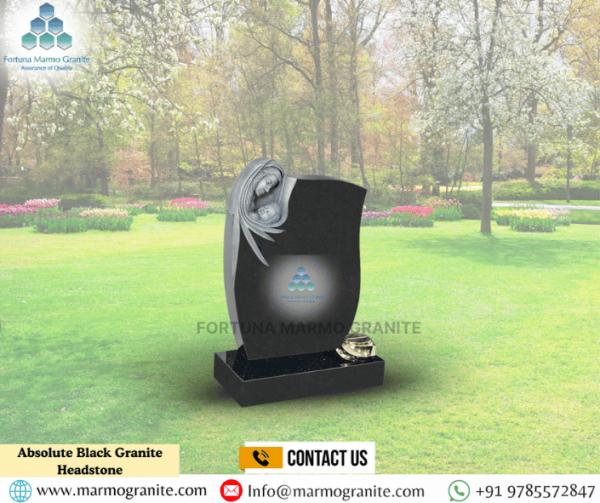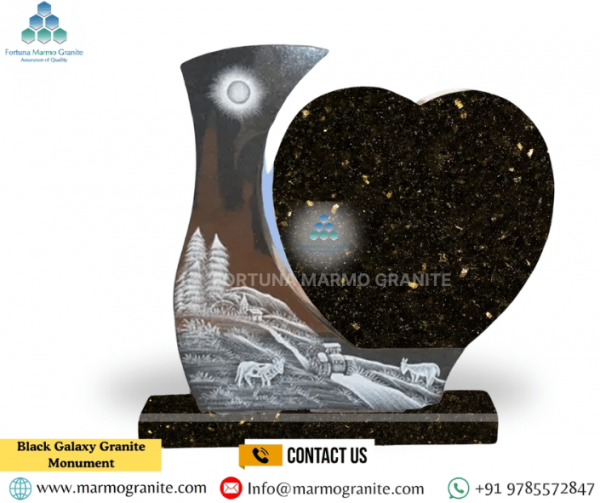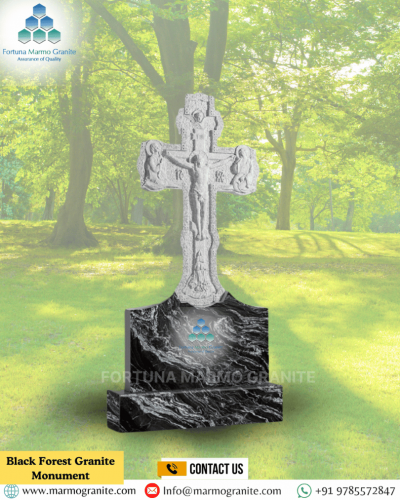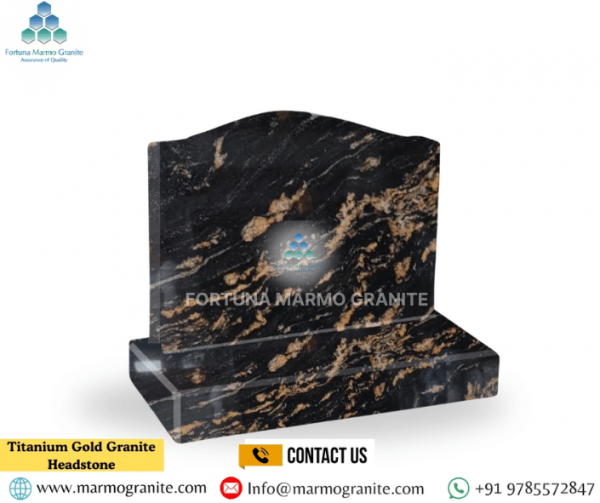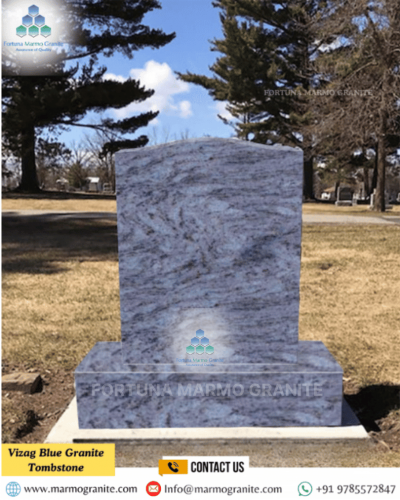Exploring Different Granite Monument Styles
Families have preferred granite monuments for memorials and tributes for centuries due to their durability, aesthetic appeal, and long-lasting nature. Granite provides a solid, timeless medium for statues, legacy memorials, and cremation memorials, helping honor and preserve the memories of loved ones. In this blog, we explore various granite monument styles, including statue monuments, legacy memorials, and cremation memorials, to guide families in making informed choices for their tributes.
Why Choose Granite for Monuments?
Granite is well known for its strength and resilience, making it an ideal choice for memorials that endure harsh weather. Unlike other materials, granite resists weathering and retains its polish and intricate carvings for decades or even centuries. Its wide range of colors, patterns, and textures gives families many options to create a monument that reflects the personality, culture, and legacy of their loved one.
Granite's versatility allows artisans to craft a wide range of monuments that cater to cultural, personal, and historical needs. It works equally well for grand public memorials honoring historical figures and for modest, dignified headstones marking individual graves. Its durability and timeless appeal make it a top choice for all types of memorials. Additionally, granite adapts easily to different forms, whether for large monuments, personal grave markers, or cremation memorials.
1. Statue Monuments: A Form of Artistic Tribute
Design and Purpose:
Statue monuments honor individuals who have had a profound impact on society, whether in the arts, politics, sports, or other fields. Some monuments depict individuals in their prime, capturing their likeness with remarkable accuracy. Others take a more symbolic approach, portraying angels, warriors, or spiritual figures to convey tribute and meaning.
Customization and Personalization:
Granite statue monuments can be customized to reflect specific cultural or religious symbolism. For example, Christian statues may feature figures like the Virgin Mary or Christ. Monuments honoring military veterans can include symbolic elements such as swords, flags, or other military gestures. Additionally, families can personalize these statues with inscriptions, quotes, or decorative motifs like flowers and animals.
2. Legacy Memorials: Honoring a Life Well-Lived
Design and Structure:
Legacy memorials are typically larger and more intricate than individual headstones. They are often designed with multiple sections to honor various family members, with space for future generations to be added over time. These monuments can feature elements such as large stone tablets, pillars, or urns, each engraved with names, dates, and personalized inscriptions.
Symbolism and Artistic Touches:
The design of legacy memorials often incorporates symbolic elements representing the values, culture, or legacy of the family. Religious symbols, such as crosses or stars of David, may be included to reflect faith. Other elements could include family crests, floral motifs, or images that represent the family's profession, hobbies, or traditions. The combination of artistic craftsmanship and personalization ensures that each legacy memorial is unique.
3. Cremation Memorials: A Final Resting Place for Ashes
Design Options for Cremation Memorials:
Granite cremation memorials come in a variety of styles, from small, discreet urns to larger memorials with compartments specifically built to hold cremated remains. Some cremation memorials are designed to blend seamlessly with traditional gravesite markers, while others may be more ornamental in design, standing as free-standing monuments.
Granite as the Ideal Material for Cremation Memorials:
Granite is particularly well-suited for cremation memorials because it not only provides a durable, weather-resistant vessel for ashes but also allows for elaborate engraving. Many cremation memorials feature engraved names, dates, portraits, and personal messages that can be cherished by the family. The texture and beauty of granite provide an added layer of solemnity and reverence.
4. Headstones: Simple Yet Elegant Memorials
Classic and Contemporary Designs:
Granite headstones come in a wide range of styles, from traditional upright headstones to more contemporary flat markers. The simplicity of a headstone allows families to create a monument that suits their loved one's personality, whether through elegant engraving or the inclusion of personal symbols or motifs.
Varieties of Granite:
Granite comes in a variety of colors and finishes, including polished, honed, and matte. Families can select a color that reflects the personality of their loved one or the theme of the memorial. Darker shades, such as black or gray, often convey somberness and reflection. In contrast, lighter hues like beige or white evoke a sense of peace and serenity.
Conclusion
In conclusion, selecting the right granite for a monument is a deeply personal choice that combines beauty and durability. Granite comes in a wide array of colors and finishes, including rich tones like red, black, and gold, allowing families to tailor monuments to their preferences. Whether choosing polished, honed, or sandblasted finishes, each style adds its unique charm and gravitas. At Fortuna Marmo Granite, we specialize in providing expert guidance on selecting the ideal granite for your monument project, ensuring both aesthetic appeal and lasting quality. Different Granite Monument Styles, Our extensive selection, paired with professional services, guarantees that every monument stands as a timeless tribute.

